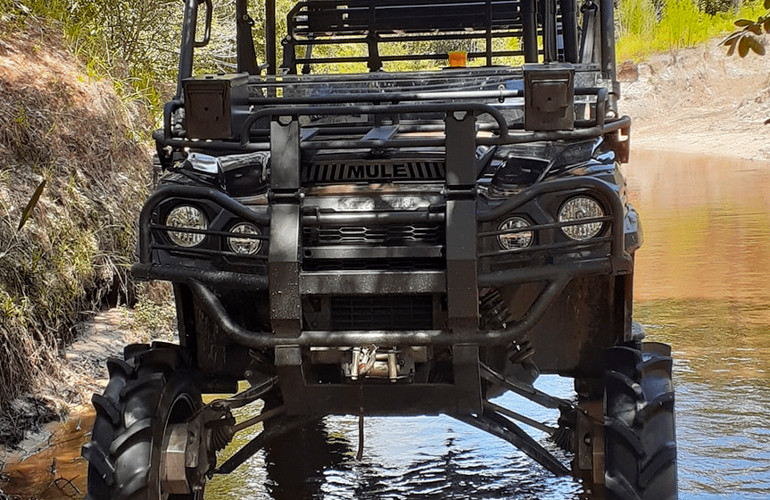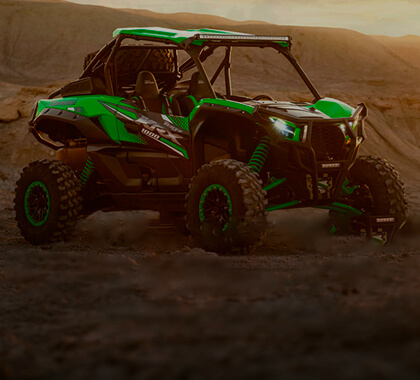Mule Model Comparison: Which Kawasaki Mule Is Right For You?
Jan 13, 2021
Although it’s hard to go wrong with any Kawasaki Mule, some editions are better suited for particular needs. And with so many options out there, riders often struggle to determine which Mule model is right for them. In addition to color options, seating options, size options, and power options, features like electronic power steering and the inclusion of factory accessories also factors into the decision-making process. Furthermore, the sticker price of different Kawasaki Mule models also vary from one machine to the next. But just because one machine is more expensive doesn’t mean that it’s better for you, your riding style, or the activities in which you partake. So buckle up and get ready, because we’re about to break down Kawasaki’s Mule side-by-side lineup!
The Kawasaki Mule LE
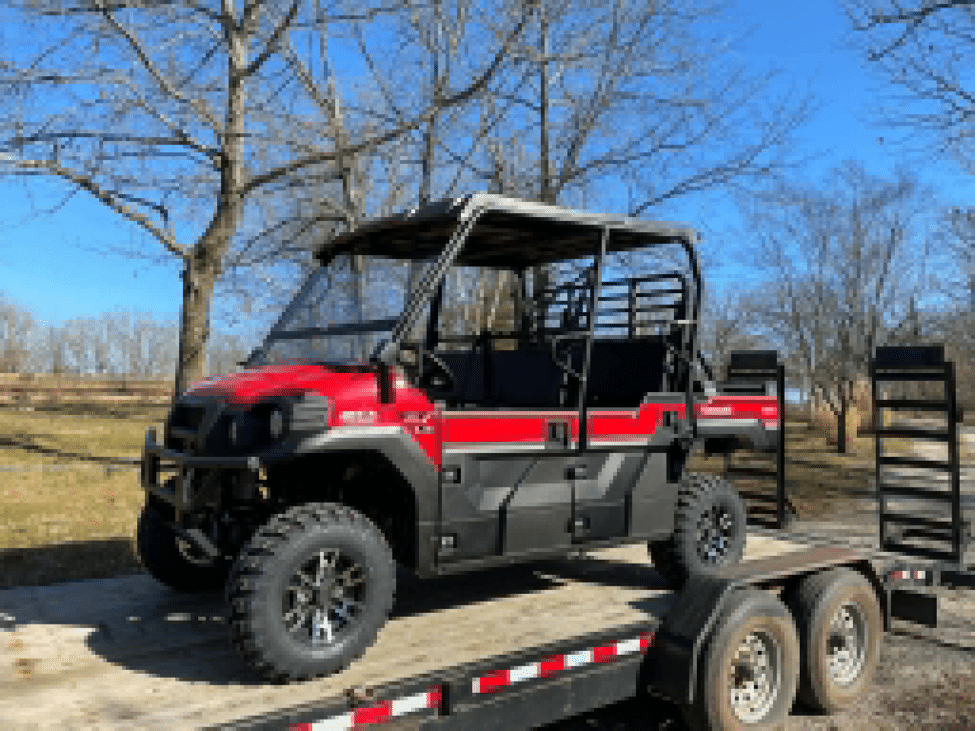
If you don’t plan on accessorizing your Kawasaki Mule, then the Kawasaki Mule PRO-FXT EPS LE might be right for you. The LE edition of the Kawasaki Mule comes with alloy wheels, an extra set of LED lights, and a factory roof — all of which sound great at first. However, the factory Kawasaki Mule roof pales in comparison to aftermarket alternatives, and many riders choose to swap out their stock wheels for larger ones anyways. Moreover, adding a light bar (which most riders do) will negate the extra lighting that comes stock on the LE.
If the accessories that come with the LE model justify the extra $1,300, by all means go for it. After all, steel wheels can get dinged up on rocky and technical terrain, and having a roof over your head is great for both shade and protection from capricious weather. On the other hand, if you’d rather spend the money you saved by getting a non-LE edition on aftermarket parts and accessories, then that might be your best bet. We typically advise riders to come up with a list of add-ons that they intend to install over time, then we tell them to compare that list to the extra price of buying an upgraded Mule model from the beginning. If all the bells and whistles included in a higher-end model don’t add up, then the decision is an easy one to make!
The Kawasaki Mule FX Vs The The Kawasaki Mule FXT
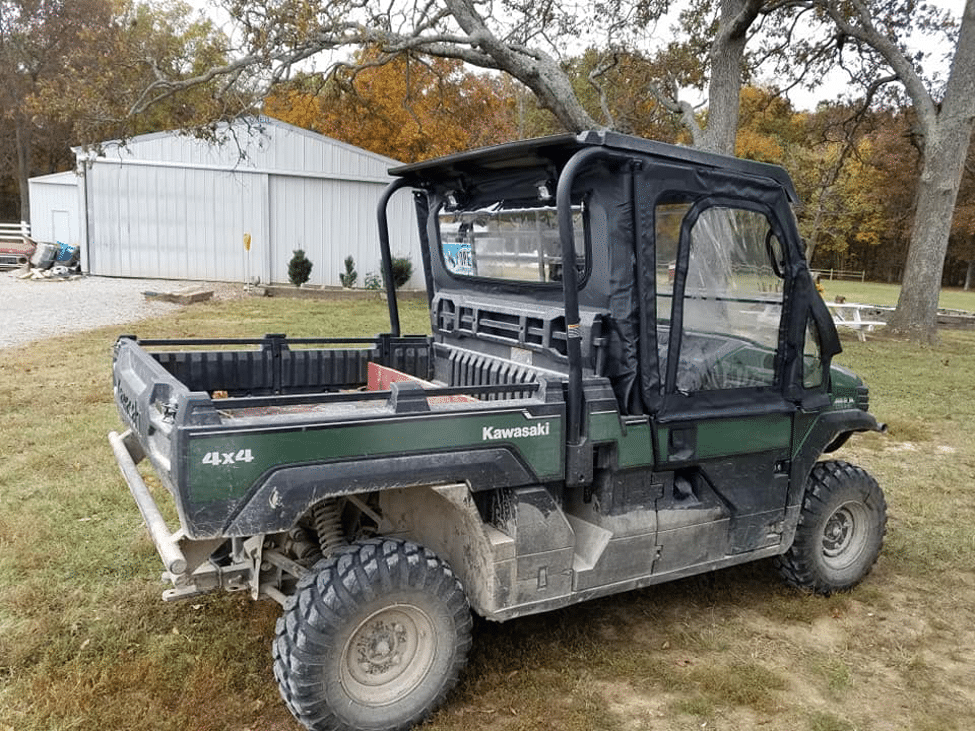
Although the cost difference between the FX and the FXT might seem negligible, there are a few key reasons why one might choose the single-seat Mule over the four- or six-seater. For one, the FX has a larger cargo box than the FXT — that is, when the FXT is not in single-seat mode. The 54” deep bed in the Kawasaki Mule FX (compared to the 42” bed in the FXT) might not be a big deal to some, but for those who haul a lot, the larger box on the FX makes a huge difference. Plus, if you do end up needing extra seats, you can always come to a place like Everything Kawasaki Offroad to find bolt-on in-bed rumble seats!
Although the FX is a good single-use machine, many riders find that the smaller bed on the FXT is worth it for the second row of seating. If you need to store cargo or supplies in a dry location, the rear floorboards and rear seating area is better protected from the elements. And if you’ve got a wife, kids, grandkids, dogs, or all of the above, your UTV is sure to fill up quickly, making the FXT a better fit for your situation. Besides, if you do need more cargo space, you can choose between a pull-behind trailer, a bed extender, or an on-roof safari rack!
EPS Mules VS. Base-Model Mules
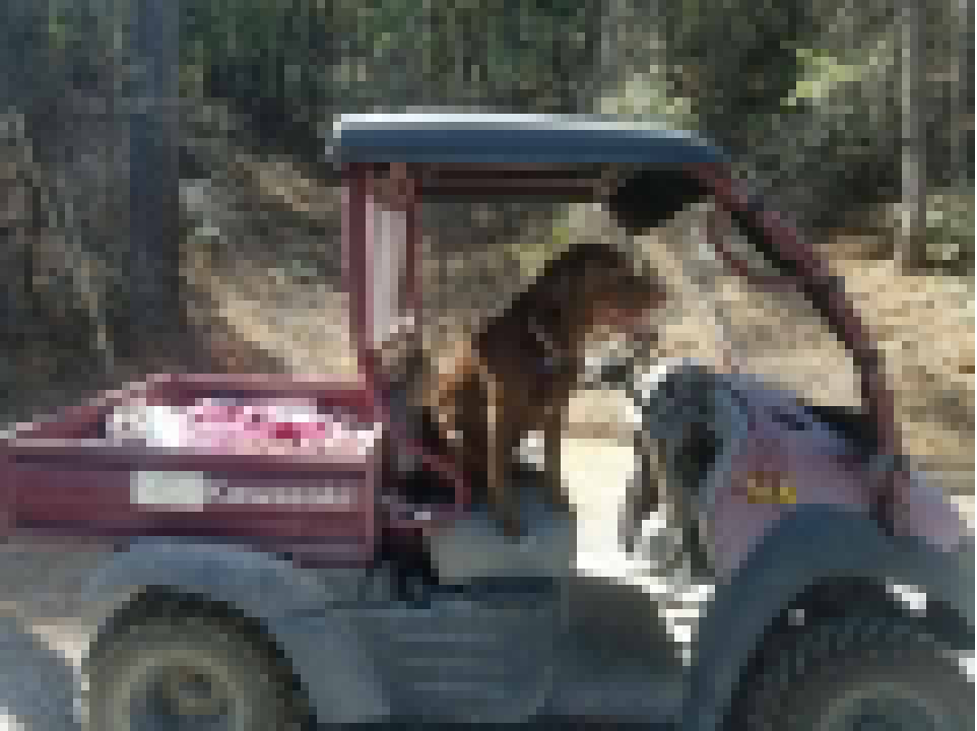
Electronic power steering (EPS) isn’t included in all Mule editions. So if you want power steering but don’t have it, places like Everything Kawasaki Offroad sell great aftermarket power steering kits for all years and editions of the Kawasaki Mule. Not all riders, however, want or even like power steering. Sure EPS eliminates jerkiness and makes it less difficult to steer, but it also adds complexity to the steering system. Machines without EPS are generally easier to fix, and the parts required to do so tend to be cheaper.
The Pros And Cons Of A Diesel Kawasaki Mule
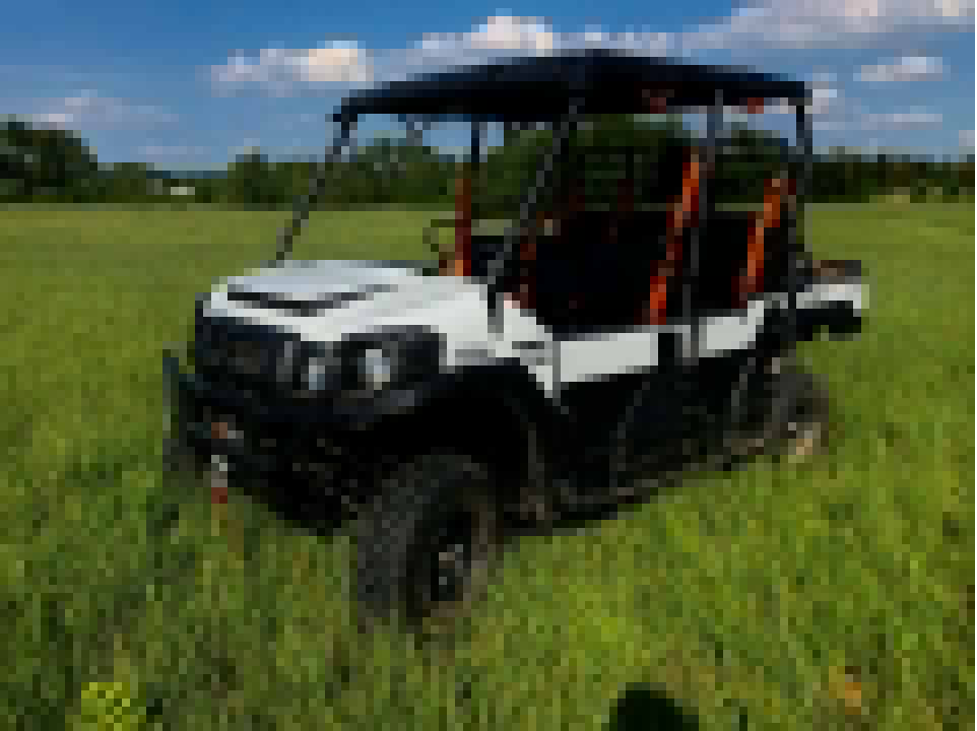
The diesel version of the Kawasaki Mule is much more fuel efficient than the standard gas-powered Mule. On top of that, the Japanese-built Yanmar engine in the diesel Mule is regarded by many as superior to the Chinese-made Chery engine. On the down side, the diesel edition of the Kawasaki Mule has a lower top speed and is quite loud. Furthermore, if not looked after properly or used flat out for long periods of time uphill or pulling a load, diesel Mules are known to overheat. But with regular servicing and proper oil changes, the diesel Kawasaki Mule should give you countless hours of trouble-free use!
Closing
The Kawasaki Mule has come a long way since the days of the slow red wagon riding Mules. With the Mule Pro series, Kawasaki has a UTV that rivals the Polaris Ranger, the Honda Pioneer, and the Can-Am Defender. And although they might not be as hardworking as, say, a Kubota, you can still get things done with a Kawasaki Mule. But no matter what edition you end up getting, you will absolutely love the Mule and wonder why it took you so long to make the decision!


